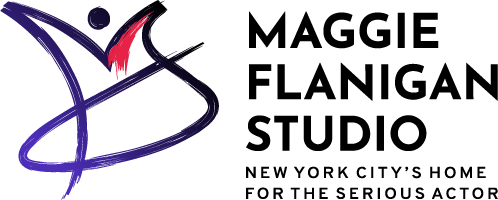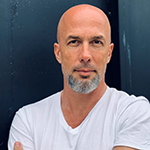APPLY FOR ADMISSION
FIRST YEAR MEISNER ACTING PROGRAM

BEGINS
SEPTEMBER 10TH

Call To Schedule an Interview
(917) 794-3878
Acting Training Techniques: Delving into the Depths of Authenticity
Acting is more than mere performance. It is a dance between real life and make-believe, a play of emotions that illuminates the human experience. At the core of this craft lies techniques—acting training techniques that foster spontaneity, emotional depth, and genuine connection.
Whether you are a budding or an established actor, it is essential to recognize the various methods that have been established to equip actors with the tools they need to evoke raw emotion, project authenticity, and connect deeply with their audience. Join us as we explore the most popular acting methods, with a focus on the revered Meisner Technique.
Key Takeaways:
- Acting is a dynamic blend of real-life experiences and the imagined world. Acting techniques like the Meisner Technique hold paramount importance for fostering genuine emotion and connection.
- Multiple acting techniques, including the Stanislavski Method, Method Acting, and Chekhov Technique, equip actors with tools to dive deep into their roles.
- At the heart of great acting lies an intricate understanding and mastery of various techniques. Embracing the Meisner approach, known for its emotional honesty and real-time responsiveness, can truly set actors apart in the industry.
Must-Know Acting Techniques
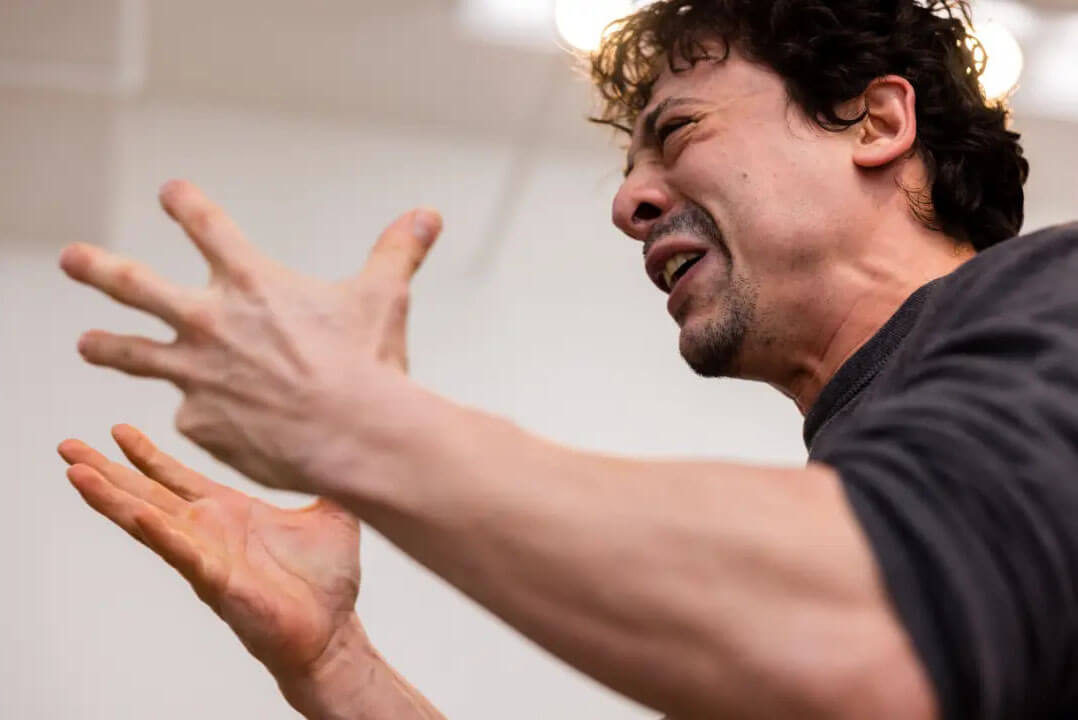
Every great actor is equipped with a repertoire of skills, cultivated through studying various acting techniques. A deep knowledge of these techniques not only broadens an actor’s range but also offers a profound understanding of the intricate world of acting.
In this blog, allow us to introduce you to 5 of the most popular acting techniques that every actor should know.
Stanislavski method
Developed by Konstantin Stanislavski of the Moscow Art Theatre, Stanislavski’s system is the cornerstone of most famous acting techniques today.
The essence of this acting method lies in its emphasis on understanding the character’s circumstances, motivations, and aspirations. For the actor, it’s a transformative journey where they’re compelled to inhabit their roles, dissolving the fourth wall between themselves and the character they’re portraying.
Method acting technique
With its roots intertwined with the early insights of Konstantin Stanislavski, Lee Strasberg’s Method Acting has become a symbol of contemporary acting methodologies. Often associated with Hollywood legends like Robert De Niro and Daniel Day-Lewis, this profound acting method encourages performers to dive deep into their reservoir of personal memories and emotions.
What is its ultimate goal? The goal is to elicit a performance that isn’t merely an act but a genuine reliving of experiences, echoing the nuances of an emotional memory.
Chekhov technique
Michael Chekhov, a prodigious student of Stanislavski, introduced the acting world to this technique, putting psychological gestures under the spotlight. Unlike many acting styles that revolve around verbal expressions, the Chekhov acting technique celebrates physicality.
Actors are motivated to tap into the power of movement and gestures as dynamic tools. This allows them to deliver narratives that transcend the spoken word, magnifying their ability to narrate tales without uttering a syllable.
Practical aesthetics acting technique
The brainchild of David Mamet and William H. Macy, practical aesthetics places script analysis at its core. Since it encourages a direct, truthful, and analytical approach, actors are taught to dissect the script’s essence.
For actors to act with both their intellect and emotional instincts, they are encouraged to break down the scene using a four-step analysis—the literal, the want, the essential action and the “as if.” Immersed in the character’s universe, a true-to-life performance can be expected.
Viewpoints technique
Developed by theater director Anne Bogart, the Viewpoints technique centers on physicality and movement as essential tools for actors. It breaks down performance into a series of distinct elements. This includes spatial relationships, gestures, tempo, and duration.
Embracing Viewpoints empowers actors to create dynamic, spontaneous, and organic interactions, transcending traditional boundaries of scripted acting and encouraging a more immersive and authentic stage presence.
Meisner technique
Created by Sanford Meisner, this technique emphasizes the importance of genuine human interactions among fellow actors. It is a testament to the undeniable power of genuine human interactions in the world of acting. Centered on emotional honesty, it upholds methods like improvisation, repetition, and real-time responsiveness.
Under the Meisner Technique, actors are encouraged to transcend their self-imposed boundaries and react with unfiltered truth to the cues provided by their fellow performers. As a result, the very essence of human truth even in the most imaginary of circumstances is captured.
Exploring the Depth of the Meisner Acting Technique
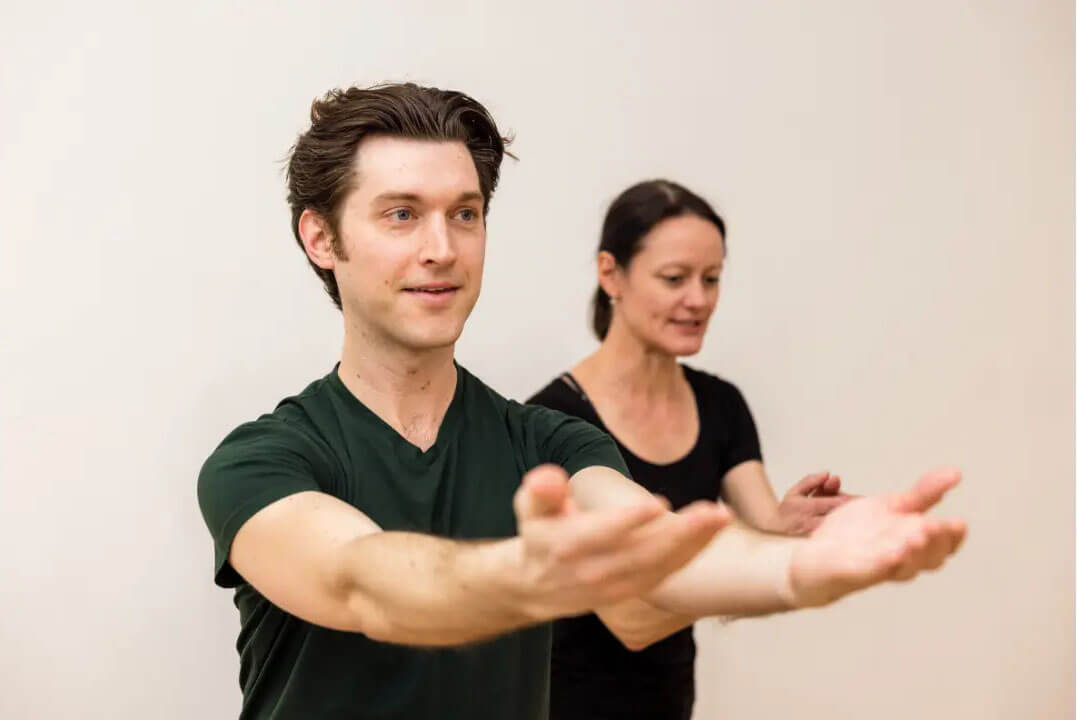
From New York’s lively theaters to Hollywood’s well-lit sets, the enduring impact of Sanford Meisner’s acting techniques continues to reverberate. An integral member of the Group Theatre, Meisner’s method has guided countless actors to tap deep into their craft, creating moments on stage or screen that echo truth.
At Maggie Flanigan Studio, we are committed to preserving this legacy, offering comprehensive acting classes rooted in the Meisner Technique.
Understanding the essence of Meisner: Key exercises
What makes the Meisner Technique stand out among other acting methods is its elegant combination of simplicity and profound depth. Now, let’s dive deep into the core exercises that define this method’s transformative power.
Repetition exercise
The very first step in the Meisner progression, this foundational exercise equips actors with the tools to be genuinely present, entirely spontaneous, and deeply authentic.
By getting off their own head and being fully present and engaged, emphasizing a true connection with fellow performers, this exercise distinguishes Meisner-trained actors from the rest.
Emotional preparation
Meisner’s approach to emotional depth veers away from the approach of Lee Strasberg which involves dredging up past traumas. Instead, he encouraged actors to channel their daydreams, fantasies, and imagination, fostering healthy, organic emotional connections for a more realistic performance.
Independent activity
In the initial year of studying the Meisner Technique, a strong emphasis is placed on improvisation exercises and genuine engagement within imaginary circumstances. By practicing the independent activity, actors hone their skill in authentically portraying their character within made-up scenarios—a skill that sets apart a truly accomplished actor from an amateur.
Comparing the Meisner Approach to other acting techniques
The vast realm of acting boasts a diverse array of acting techniques, from the introspective nuances of method acting championed by Lee Strasberg to the classical acting approaches used in Shakespearean acting techniques. While many of these acting styles have proven beneficial for actors in various ways, Sanford Meisner’s approach stands out uniquely.
Some methods encourage actors to dive deep into their own heads, employing techniques like sense memory to retrieve personal emotions. On the one hand, the Meisner acting technique emphasizes outward focus. It awakens actors, urging them to break free from their own confines and focus on the present.
Unlike Stanislavski’s system, which aims to understand a character’s circumstance from within, Meisner spurs actors to genuinely interact with other actors, creating an authentic exchange. This technique doesn’t merely coach; it transforms actors into authentic storytellers.
If you are someone who is committed to great acting, understanding and potentially embracing this method is a game-changer. While other acting techniques have their merits, the Meisner approach’s dedication to truth and organic reaction makes it an invaluable asset for every actor.
Maggie Flanigan Studio: Your Meisner Sanctuary
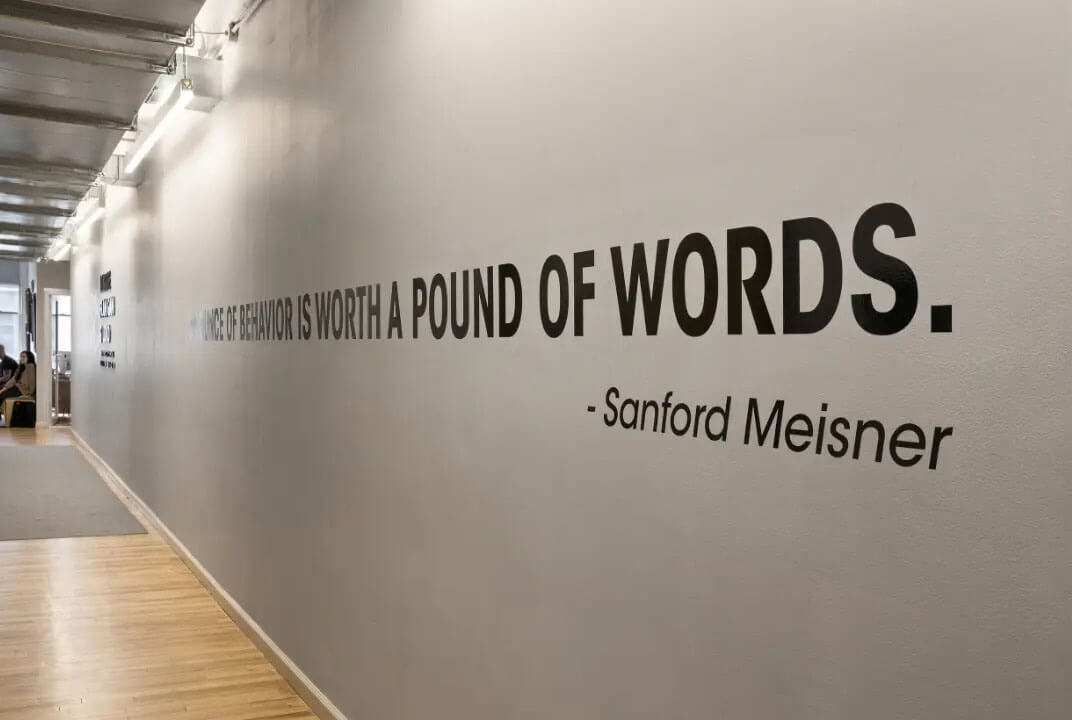
Nestled amidst the vibrant artistic community, the Maggie Flanigan Studio stands as a sanctuary for dedicated actors. In a world where method acting, classical acting, and a plethora of modern acting techniques jostle for attention, the studio prioritizes the Meisner legacy, emphasizing the art of truly “living” one’s character.
Under the meticulous guidance of the esteemed Artistic Director and acting teacher, Charlie Sandlan, students embark on a journey that transcends mere screen acting lessons. Students don’t just become actors; they become storytellers, equipped with all the tools necessary to deliver performances that are as authentic as they are captivating.
Beyond casting directors’ search for a good actor, they seek artists who can pierce through the ordinary and tap into the soul of their characters. This studio cultivates such artists. If you’re ready to redefine your approach to acting, connect with us today. As the curtain rises, let your momentous journey commence.
Frequently Asked Questions
What are the 5 main acting techniques?
The five primary acting techniques are Method Acting (stemming from Lee Strasberg and Stanislavski’s System), the Meisner Technique, Classical Acting (often associated with Shakespearean roles), Practical Aesthetics (initiated by David Mamet and William H. Macy), and the Chekhov Technique, which emphasizes physical gestures.
What are the 4 basic acting skills?
The four basic acting skills encompass voice control and modulation, understanding and portraying emotions, physical expression and body language, and textual analysis to interpret scripts effectively.
What are the 5 C’s in acting?
The 5 C’s in acting refer to Concentration, Continuity, Clarity, Consistency, and Characterization, essential elements that provide depth and authenticity to a performance.
What is the best acting technique to learn?
The best acting technique varies per individual, depending on personal preferences, strengths, and acting goals. It’s often recommended to explore multiple methods to determine which resonates most. Seeking guidance from an experienced acting teacher can also provide clarity.
Recent Post
STUDENT TESTIMONIALS
“I was placed in the intense reigns of Charlie Sandlan. I became a better artist, actor, friend, sibling and daughter because of the studio. Even now, I crave the studio every day. What I learned is present in my work every day. I truly believe in everything they stand for.”

“Maggie taught me that I could control my work, my acting, and to throw all of the bullshit out that I had in my head about ‘what I should be doing’ and to just listen and respond honestly, in the moment. She gave me a craft. She is, quite simply put, THE BEST.”
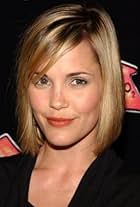
“Maggie Flanigan taught me the true meaning of artistry, passion, and professionalism. I am certain that I continue to work as an actress because of my training with Maggie. At every audition and every performance, her guiding voice is with me. It is a gift beyond measure.”

“Maggie Flanigan is uncompromising, her instincts as a teacher are razor sharp. She doesn’t miss a beat”

“Maggie Flanigan has been one of the most important people in my artistic life. I want to work with Maggie trained actors. As an actor myself, she is my first source. I do not say this lightly, if you are serious about acting, and willing to work very hard, then go to Maggie.”

“Maggie helped me find my sense of truth, an actors greatest asset. Maggie is an expert at instilling that vital ingredient, which allows an actor’s potential to become limitless. My work will forever be rooted in the clarity and honesty she helped me develop.”

“After working for ten years, I did the 2 year program, and now feel that I have the tools I need to become the actor I’ve always dreamed of being. Maggie Flanigan instilled in me a clear sense of truth and a standard of perfection. I am a better actor because of this studio.”

“As an actor, the core of what you have to rely on is your sense of truth and humanity. Maggie allowed me to discover and embrace mine. Trusting my sense of humanity and truth has given me the ability to take risks in my work and my career decisions.”

“Maggie Flanigan has the unique ability to get an actor to the essence of what is true in a moment. She creates a safe and caring environment in which to work.”

“Maggie Flanigan introduced me to my own spirit and my own sense of Truth. Her passion for teaching and ability to communicate are rare gifts to any actor looking for a technique to set his or her talent free. Maggie’s voice has been the one constant guide in my career.”

